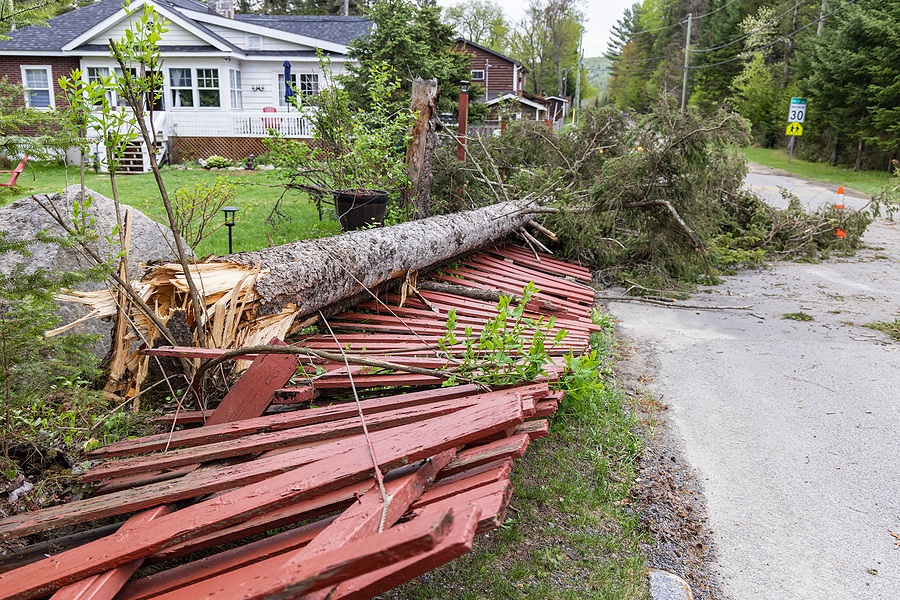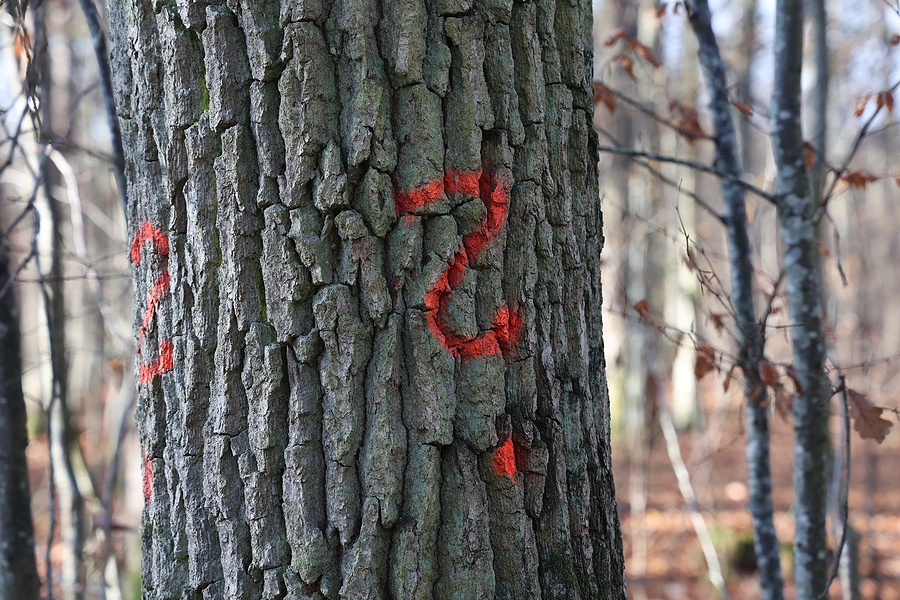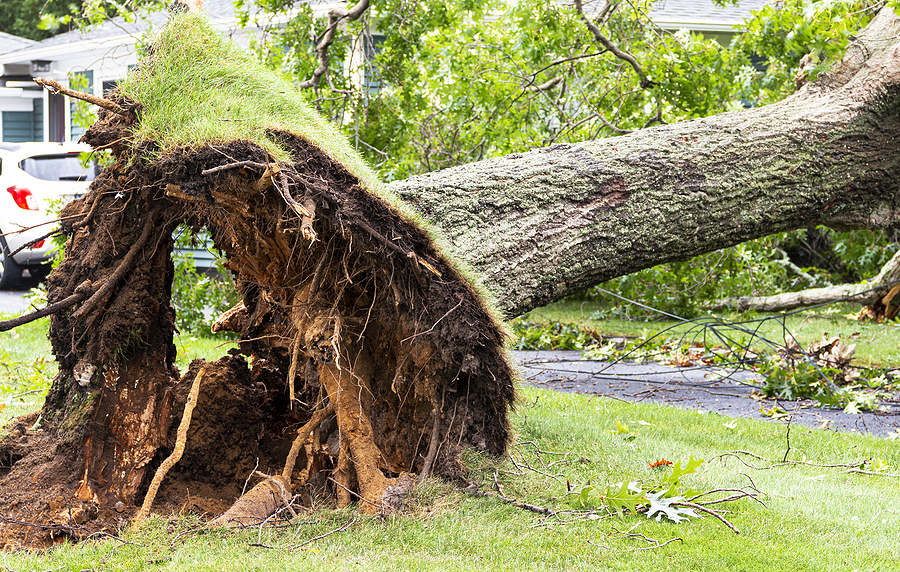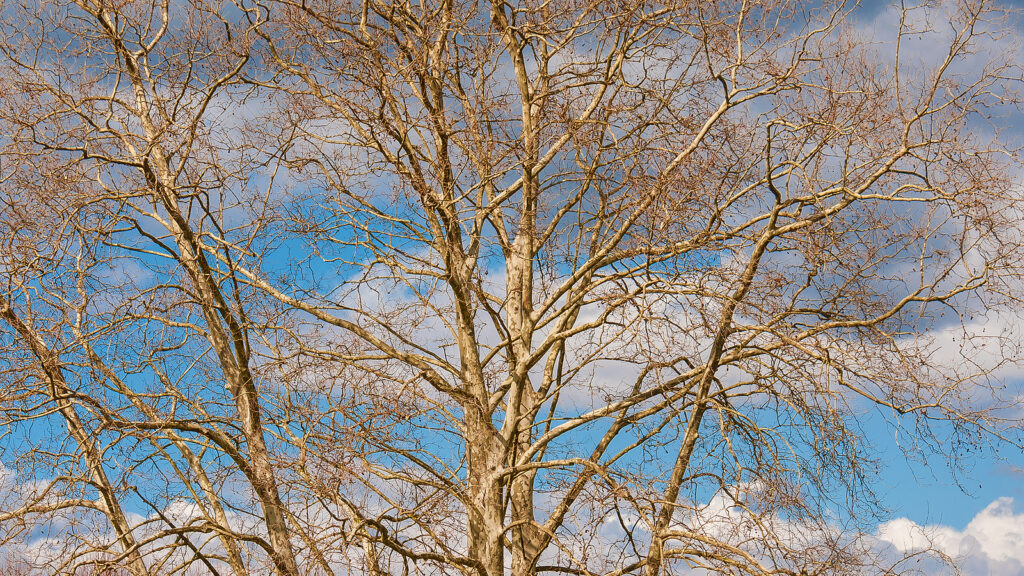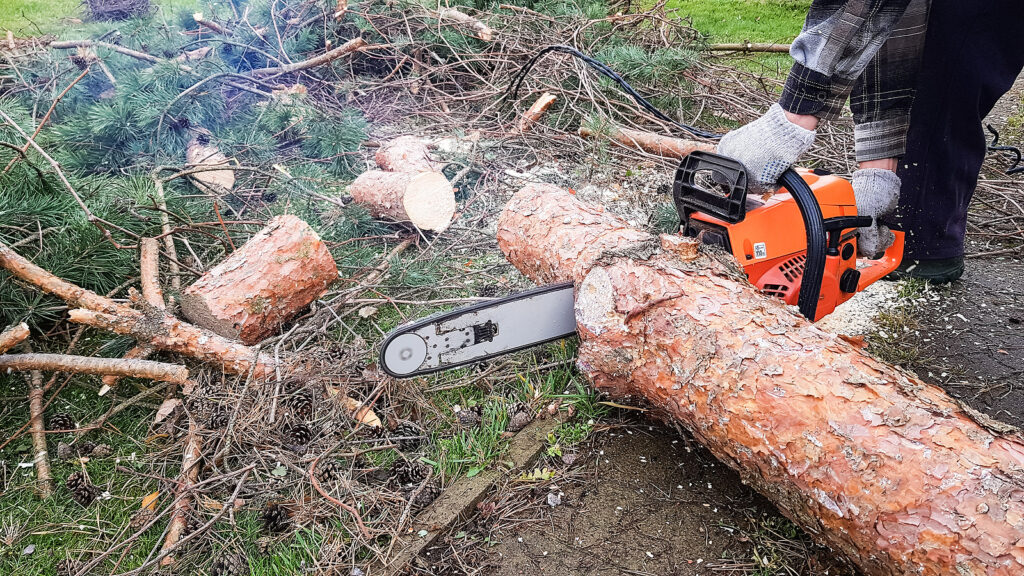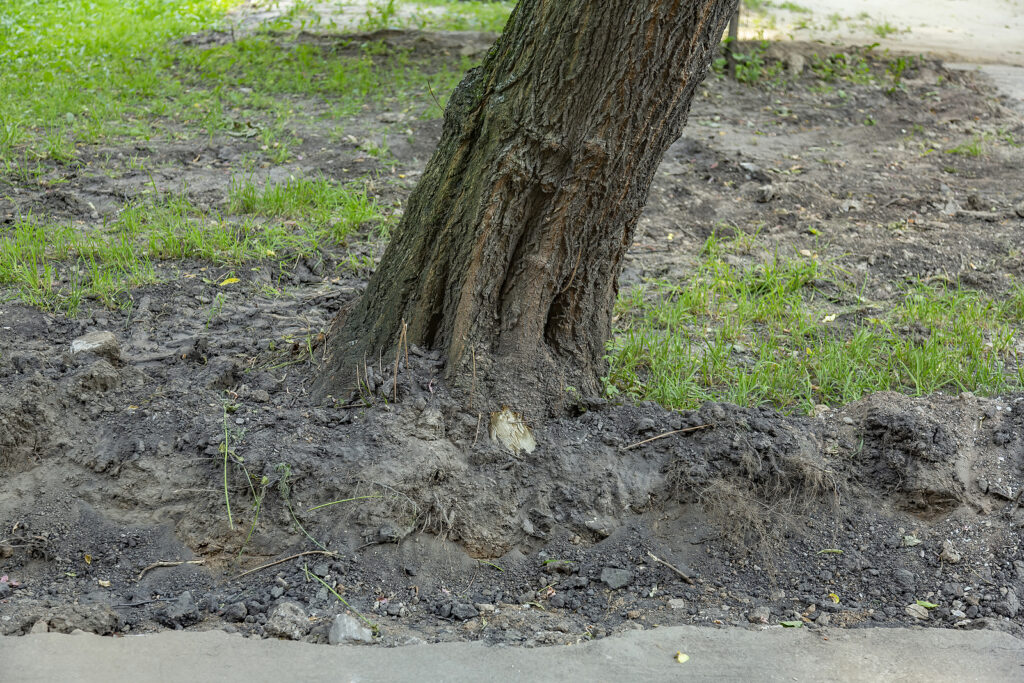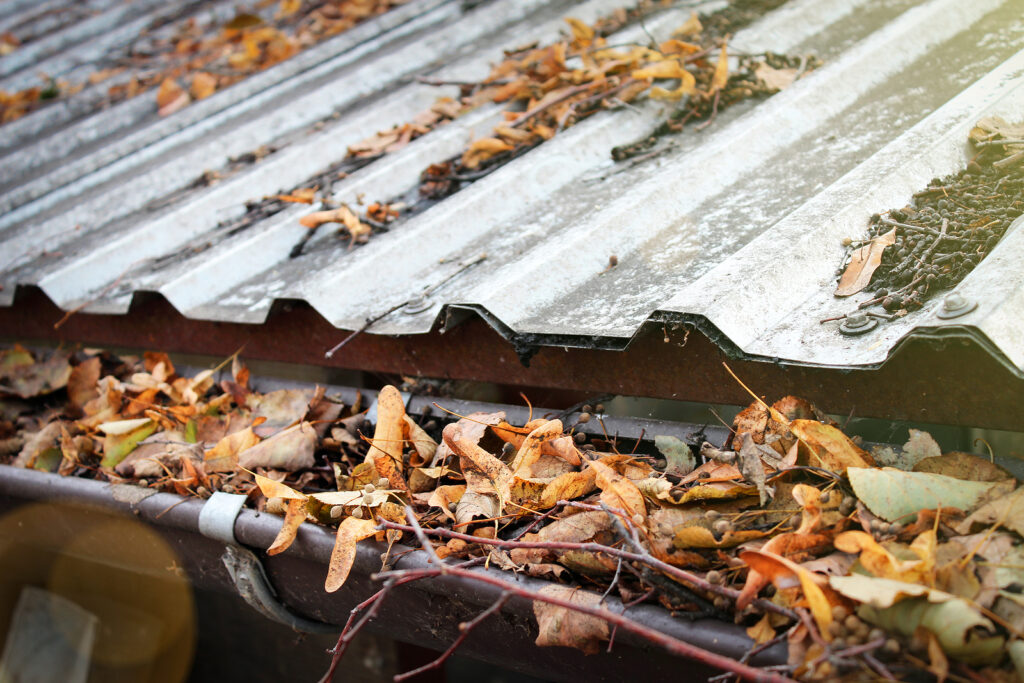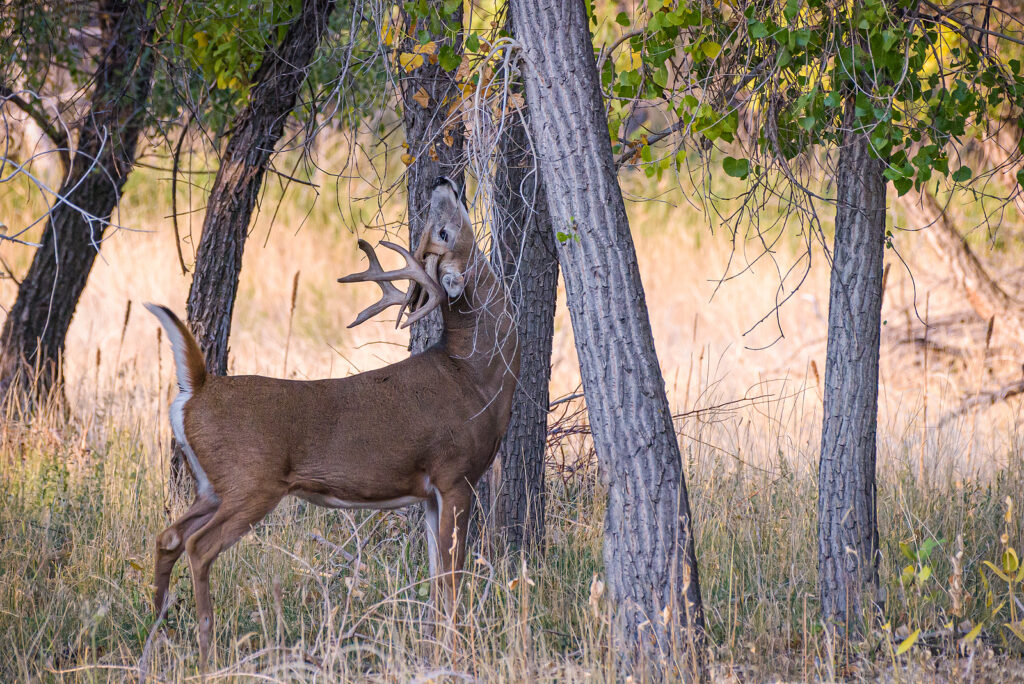When you need tree service you can count on and at a price you can afford, Complete Tree Care is the right call to make!
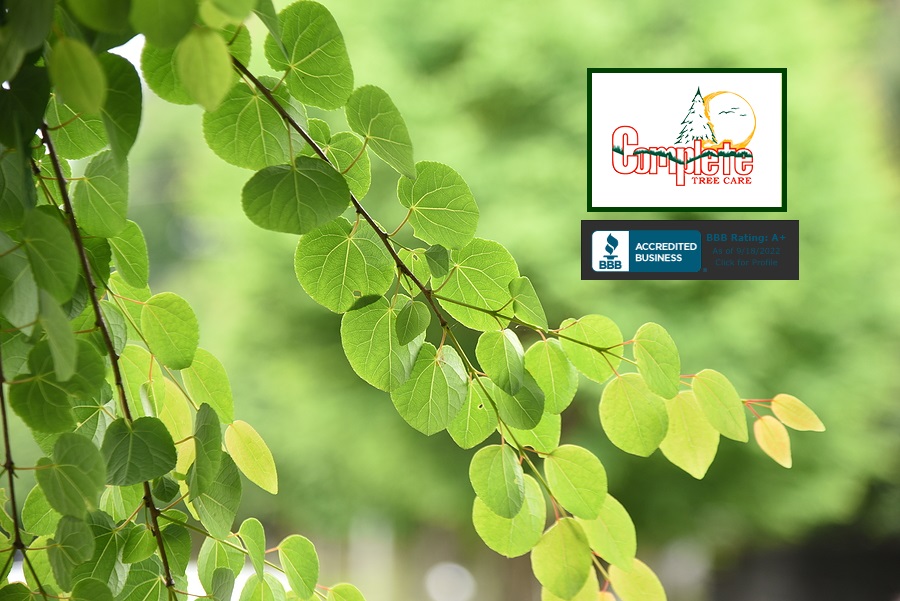
Indianapolis Tree Service and Tree Removal
Complete Tree Care is a valued tree service company based out of Indianapolis, Indiana. As a family owned and operated business that has served the Central Indiana communities for over 30 years, you can trust us for all your tree care needs. And best of all, you can count on our Indianapolis tree contractors for honest and fair prices.
We understand the value of a dollar, but more importantly, care about providing safe and effective tree service to all those in need. By maintaining economy-based prices, providing honest estimates, and performing outstanding work, we have earned ourselves a steadfast reputation among the surrounding Hoosier communities as a trusted and affordable choice for tree removal and tree service.
Tree Care in Indianapolis at its Finest
When you call Complete Tree Care, you can expect a prompt answer and a warm greeting. We value our customers and remain dedicated to providing unparalleled customer service and support. Our Indianapolis tree service contractors and office managers make your inquiries and tree work needs a top priority. We treat each job as if it were our own properties.
As professional tree specialists, we know precisely how to manage every tree service job requested of us. We only use quality equipment to carry out our tree care services and never neglect safety. And if you have a tree emergency after regular business hours, we offer two separate after-hours phone lines! From tree removal and tree trimming to stump grinding, tree disease treatment, and more, our professionals are prepared to deliver exceptional tree service for both residential and commercial properties.
Are you ready to schedule your autumn tree care needs? Contact Complete Tree Care at 317-783-2518 for Indianapolis Indiana tree services you can trust. We serve residential and commercial clients.
You Should Also Read:
Get Spring Tree Service Deals in Indianapolis at Complete Tree Care
3 Reasons Why You Should Never Perform Tree Work Yourself
Frequently Asked Questions About Tree Removal

